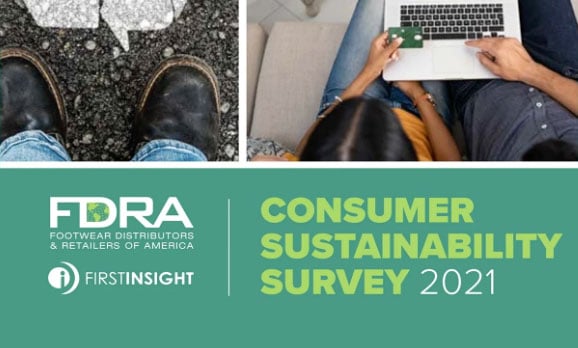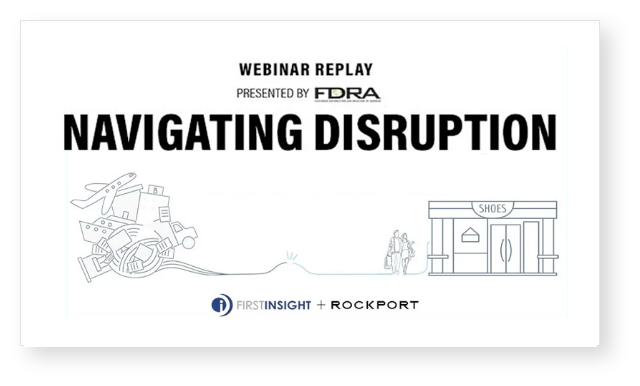A First Insight/University of Pennsylvania study shows 75 percent of Gen Z consumers ranking sustainability over brand name in their purchasing decisions, and 90 percent—up from just 34 percent in 2019—willing to pay 10 percent extra or more for sustainable products. Furthermore, Gen Z shoppers have apparently had influence over their Gen X parents; 67 percent of Gen X consumers interviewed said they preferred to buy from sustainable companies, up from 25 percent two years earlier.
Over the years global brands with high-value, complex products—from automobiles and electronics to apparel and industrial machinery—have stopped encouraging customer repairs. In basic product categories cheap imports and transportation costs have eroded any cost advantage to repairs. For more complex products built to precise tolerances with proprietary components and materials, often involving electronics and software, right to repair can add warranty, product liability, and intellectual property challenges.
Consumers want a say in that discussion, too. A fast-growing right-to-repair (R2R) movement has emerged since 2014, prioritizing cost and product sustainability, demanding access to the same tools, training, and product information as OEMs for part replacement and repairs. Legislators have been paying attention. Twenty US states have added right-to-repair laws to their books; similar laws are pending in another 20 states this year.
It would be shortsighted to ignore the clear demand signals from current and future customers, potential risks from negative customer sentiment in an unforgiving retail environment, and potential compliance impacts as current case law and pending regulation move forward. Leading companies will need to prepare for change, take the necessary steps for early adoption, and reap the benefits as a market leader rather than play catch-up later.





















